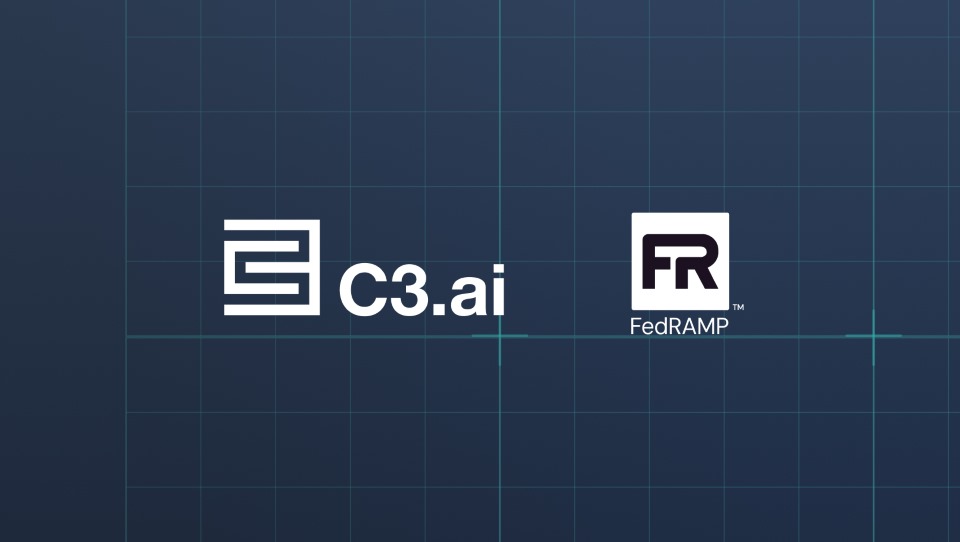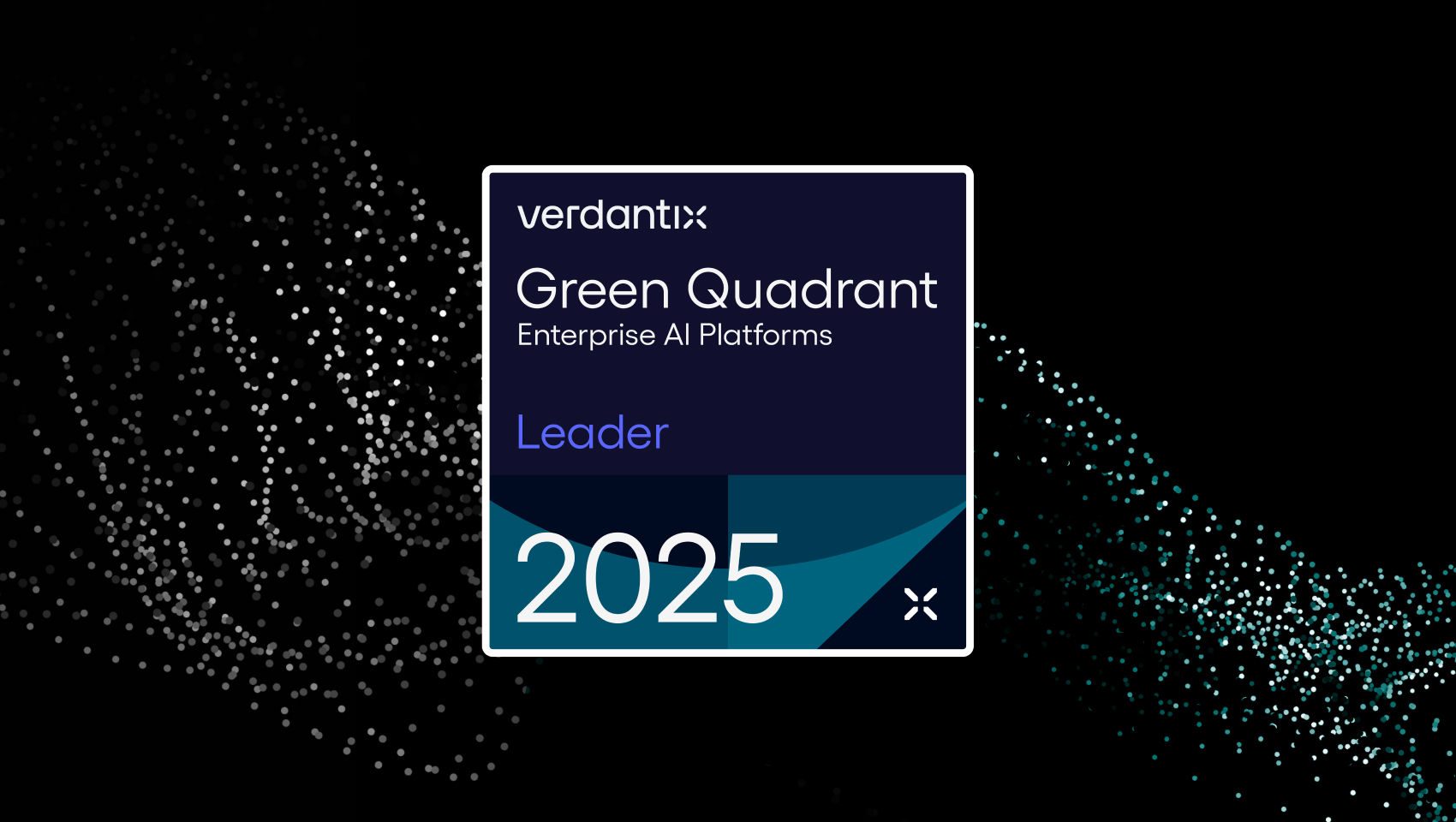Companies successful in reducing their capex and opex costs in the real world often do so by taking advantage of the digital world.
Article excerpt:
There’s a reason terms like big data, digitalization, artificial intelligence (AI), machine learning and the digital oilfield dominate conversations about technology and business plans. But what do these terms actually mean? And how, exactly, can these technologies benefit the oil and gas industry?
Going digital
Digitalization takes the analog into the digital world, or, as Russ Bodnyk, principle at Coded Intelligence, puts it, “takes the reality around us and translates that into usable information on a computer.” That could be in the form of sensors taking temperature, pressure or vibration readings and logging the data.
The amount of digitalization is growing exponentially, partly due to the sheer volume of data generated through internet of things (IoT) devices, Bodnyk says.
“We’ve run into the limits of traditional big data,” he says. “Machine learning was born partly out of necessity.”
Machine learning might be supervised or unsupervised by humans. Artificial neural networks, which are computer systems modeled on the human brain and nervous system, and deep learning are also responsible for advances in AI.
“AI can’t do 100% of someone’s job. What AI can do, generally speaking, is the more routine, more mundane and more predictable,” Bodnyk says. “AI is not good with context, causal relationships or cognition.”
Yet.
Within the next 25 years, AI will probably be able to do more than half of what humans can do, and handle more than three-quarters of it in the next 50, he says.
“Creativity is one of the last bastions of human-only traditional intelligence,” he says. “AI gives people the ability to follow their dreams and the freedom to interact in ways they like already. There are so many ways AI can help companies. In the long-term, it makes jobs easier, makes profitable decisions, reduces risk, gives the right intelligence at the right time.”
Vendors, doubling down on digital, are offering a plethora of solutions in fields as diverse as Internet of Things (IoT) applications, engineering, asset integrity management, and the weather.
Deploying IoT
Baker Hughes, a GE company, and AI specialists C3.ai created a joint venture (JV) in June to bridge the information technology (IT) and operational technology (OT) domains. The JV, called BakerHughes C3.ai, is intended to deliver digital transformation technologies to drive new levels of productivity for the oil and gas industry.
Ed Abbo, president and CTO of C3.ai, says the company helps companies accelerate the design, development and deployment of AI and IoT applications to transform businesses, including oil and gas.
“A majority of data is not really analyzed or processed. It’s collected and neglected,” Abbo says. He believes this data is the key to enormous potential: reducing the breakeven price of oil and improving safety and reliability of operations.
According to BHGE, AI in the oil and gas segment helps improve overall performance by ingesting massive quantities of data, becoming intelligent about specific operational environments and predicting problems before they occur so that operators can improve planning, staffing, sourcing and safety.
Dan Brennan, BHGE’s VP of Digital, says, “Artificial intelligence and machine learning technology can really help add significant value” in categories like equipment reliability and production optimization. The promise of AI is that it can help companies “unlock value from the constant influx of operational data as well as data that has been stranded from 10 years ago,” he says.
Shell has long used BHGE’s JewelSuite for reservoir modeling, and in 2018 announced use of the C3.ai platform to accelerate the company’s digital transformation, focusing on using AI and machine learning to improve overall operations starting with predictive maintenance.
Recently, BHGE and C3.ai announced the launch of the AI-enabled BHC3 Reliability application, which uses historical and real-time data from entire systems to identify anomalous conditions that lead to equipment failure and process upsets.
Read the full article here.



